- Joined
- Aug 29, 2003
- Messages
- 15,809
I don't know all that much about these things... that was just a hunch. It would be a pitty not to follow an interesting discussion !Date: 1/8/2005 5:21:50 AM
Author: lostdog
What's the impact on the market, do you think?
It's hard not to be cynical and conclude that consumer's options for buying the better grade stones just got visually smaller or more expensive or both.
It's not like ideal and branded cuts are GIA's new, new thing - these are tried and true selling points by now. There seems to be every possible set of choices among the 50 or so diamond cut brands listed: havy, spready, anywhere between 150 and 8 facets... Anything goes.
Looking at how current ideals work: round ideals already command a premium although what exactly "ideal" means and which is more ideal is not as much recognized as the empty word. No matter how far or close to the current ideal standard(s) GIA's top grade is, it targets the current "ideal" price point, whatever that is. Will the new grades make higer "ideal" pricess spill over across the board ? Over night ? Don't think so. There is no current shortage of ideals,as far as I know (which is not too far). There's a shortage of cheaper ideals, and of buyers asking for one. So that's where the room for growth is, I would think. GIA1 is not another HOF or Lucida... maybe just once or twice by accident. And GIA has the market clout to prop demand...
With this in mind, I can't be that cynical. Diamonds are no meant to be cheap anyway.
Prices didn't need any excuse to go up until now, so the cut grade may just make the good old trend a bit easier to prop over the counter. Product differentiation supporting price increase doesn not sound innovative at all. With it's weight, GIA can make this happen market-wide, not just in the top price range. GIA already has allot of consumer recognition, so their cut grades will make cut quality that much more known and demanded overall.
How much of a revolution this is yet another question... the ideal cut clout will lift more than just one price hyke, and not just short term, I would think.
As is, prices for the same weight-color-clarity are already very different from one stone & shop to the next. If this variation is only partially due to pricing better cuts differently, than this can only dull the price impact of GIA grades over time. Once diamonds are cut on purpose to fit the grid and customers' recognition of the grades, the price impact can only be further melted into the usual trend.
I am quite curious how many GIA top cuts can there be anyway. This depends on how inclusive is the GIA1 grade relative to current market standards, this I do not know how to pin down.
Why just GIA1 ? Well... AGS1 and below didn't get that much attention, as much as I know - only the top grade did. I expect the same to happen with GIA's top grade. Otherwise whoever buys into the lower grades would actually need to understand what they mean aside recognizing GIA's authority. Well... that may happen on Pricescope. But there are many more diamonds out there.
Already said way more than I know !


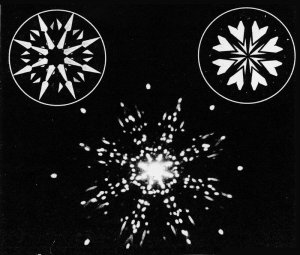
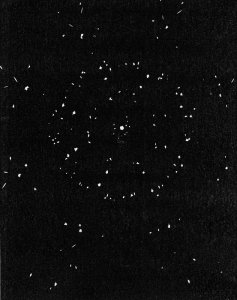
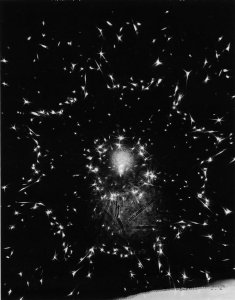
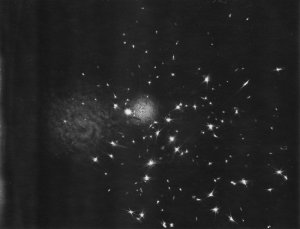
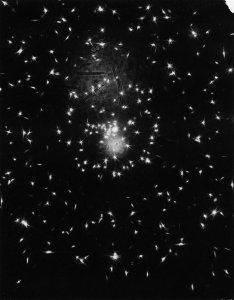
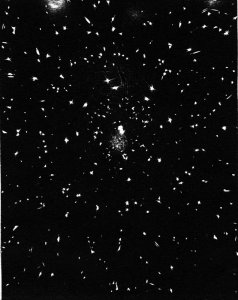
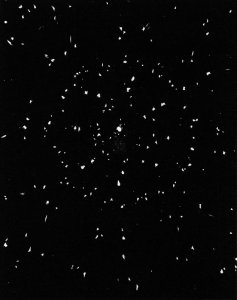


300x240.png)